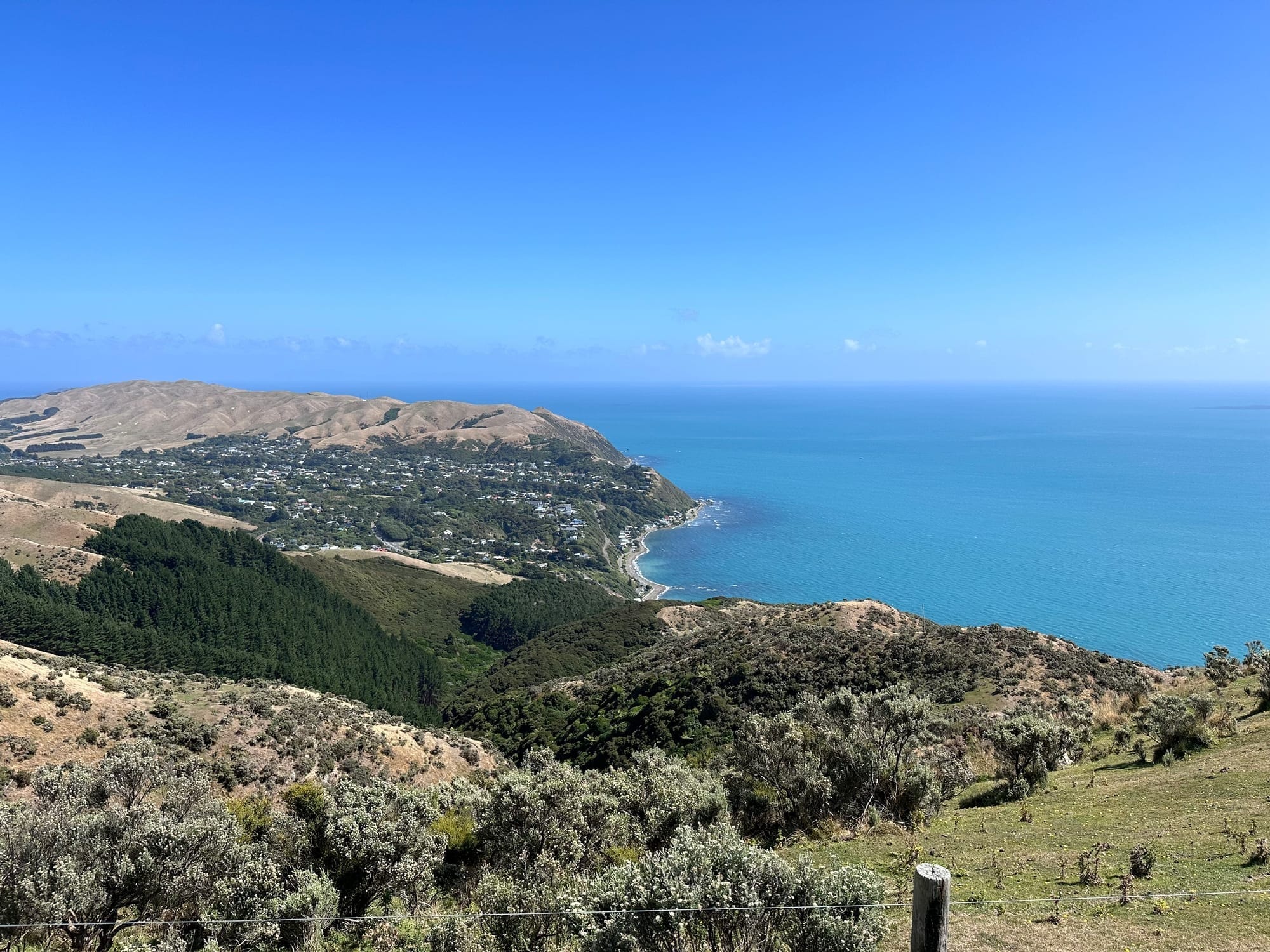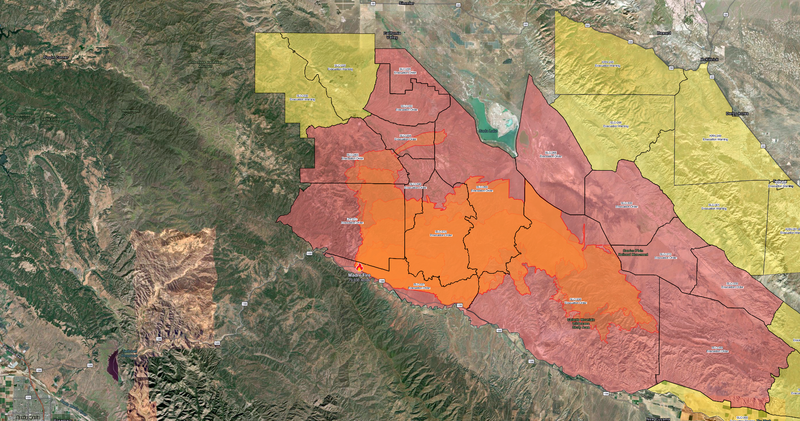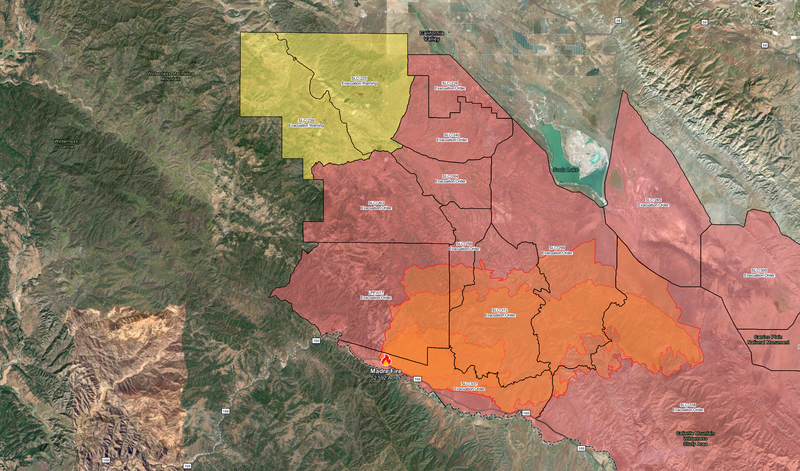Coastal development and land use under the California Coastal Act
Learn how the California Coastal Act regulates coastal development, balancing sustainable land use with environmental conservation and public access protections.

The California Coastal Act provides a framework for managing development along the state’s coastline. Its goal is to ensure that coastal land use is responsible, sustainable, and balances economic needs with environmental conservation. This page explores how the Act regulates coastal development, prioritizes coastal-dependent uses, and protects the scenic and natural qualities of California's coastline.
Key Principles of Coastal Development
Development along California’s coastline is highly regulated to protect the environment, prevent overdevelopment, and preserve public access. The Coastal Act lays out several key principles for any construction or development project near the coast:
- Location Restrictions: New development must be situated in existing developed areas or locations that can handle the infrastructure needs without harming the surrounding environment. This helps prevent sprawling, unplanned growth that could degrade natural areas.
- Coastal-Dependent Uses: Priority is given to developments that rely on proximity to the coast, such as fishing harbors, ports, and recreation facilities. These developments are considered essential to the local economy and are supported under the Act, while other forms of development face more stringent restrictions.
- Sustainable Practices: The Act encourages the use of environmentally friendly and sustainable practices in coastal development, including minimizing energy consumption, protecting natural landforms, and ensuring stability in areas prone to erosion.
Permits and Coastal Commission Oversight
Before any development can take place in California’s coastal zone, a coastal development permit must be obtained from the California Coastal Commission. This permit process ensures that the development aligns with the goals of the Coastal Act.
- Permit Requirements: Coastal development permits are required for most types of construction or significant land use changes in the coastal zone. This includes residential, commercial, and industrial developments, as well as activities like dredging or land division.
- Public Involvement: The Coastal Commission provides opportunities for public input during the permit review process, allowing local residents and stakeholders to voice concerns or support for proposed developments.
- Review Criteria: The Coastal Commission reviews permit applications based on their potential impact on public access, environmental resources, and the overall character of the coastal area. Projects that are found to have significant negative impacts may be denied or required to adopt mitigation measures.
Balancing Development and Conservation
The Coastal Act seeks to balance development with conservation by implementing strict guidelines that protect California’s scenic landscapes and ecosystems.
- Scenic Protection: Developments must be designed to blend with the natural landscape and avoid obstructing scenic views. In highly scenic areas, stricter controls are in place to preserve the character of the coastal environment.
- Environmental Impact Mitigation: Developers are required to minimize any environmental impacts their projects may cause. This includes measures to protect wildlife habitats, reduce pollution, and prevent erosion.
- Limitations on Urban Sprawl: To prevent uncontrolled urban expansion, the Coastal Act restricts developments in rural areas, requiring that land close to existing urban centers be developed first.
Coastal-Dependent Industries and Land Use Priorities
The Coastal Act places special emphasis on preserving and promoting coastal-dependent industries. These are businesses and activities that require direct access to the ocean, and they are given priority in land use decisions.
- Fishing and Boating Facilities: The Act protects and upgrades commercial fishing harbors, marinas, and recreational boating facilities to ensure that these industries can continue to thrive along the coast.
- Ports and Industrial Uses: Ports and other industrial facilities that rely on coastal access are supported, but their expansion must be carefully managed to avoid harming the environment or restricting public access.
- Tourism and Recreation: Visitor-serving developments such as hotels, restaurants, and parks are encouraged, as long as they do not interfere with coastal-dependent uses or negatively impact the environment.
Conclusion
The California Coastal Act’s regulations on development ensure that California’s coastline remains a place of natural beauty and economic vitality. By prioritizing coastal-dependent uses and enforcing strict environmental protections, the Act balances the need for growth with the imperative to preserve one of the state’s most valuable resources—its coast. For developers, policymakers, and residents, the Act provides a clear framework for responsible coastal land use.





